Wall-mounted air conditioners, also known as split units, are one of the most common types of air conditioners used in homes and offices. Here is a detailed description of this product:
- 1. Structure and Design:
Indoor Unit:
Installation Location: Installed on the wall, usually higher to optimize air distribution.
Design: Has a slim shape, easy to coordinate with the interior. Usually has a plastic or metal shell.
Control Panel: Equipped with control buttons or a screen displaying temperature and working mode.
Outdoor Unit:
Installation Location: Installed outdoors, usually on the ground or on the wall, away from the indoor unit.
Design: Usually larger in size, including a compressor and a fan to dissipate heat to the outside.
Pipe and Cable: The indoor and outdoor units are connected to each other via refrigerant pipes and electrical cables.
- 2. Main Features:
Temperature Control: Allows users to set and adjust the temperature according to their needs, with a typical range of 16°C to 30°C.
Fan Speed: There are multiple fan speed modes to customize the air flow, from quiet mode to powerful mode.
Cool/Heat Mode: Some wall-mounted air conditioners have a heating function, helping to maintain a warm temperature in winter.
Dehumidification Mode: Removes moisture from the air, making the space drier and more comfortable.
- 3. Energy Saving Technology:
Inverter Technology: Adjusts the operating capacity of the compressor to maintain a stable temperature and reduce power consumption.
Eco Mode: Provides energy-saving settings to reduce power consumption when maximum cooling is not required.
- 4. Smart Features:
Remote Control: Use the remote control to easily adjust the functions of the air conditioner.
Wi-Fi Connection: Some modern models support Wi-Fi connection, allowing remote control via mobile application.
Timer Mode: Allows setting the time to turn on or off the air conditioner automatically.
- 5. Efficiency and Capacity:
Cooling Capacity: Measured in BTU (British Thermal Units) or kW, depending on the size of the space to be cooled. Common capacities range from 9,000 BTU to 24,000 BTU.
Energy Efficiency: Measured in EER (Energy Efficiency Ratio) or SEER (Seasonal Energy Efficiency Ratio), indicating how efficient the air conditioner is in converting electrical energy into cooling capacity.
- 6. Installation and Maintenance:
Installation: Must be installed by a professional technician to ensure optimal cooling efficiency and safety. The installation process includes mounting the indoor unit on the wall, mounting the outdoor unit, and connecting the ductwork.
Maintenance: Regular maintenance should be performed, including cleaning air filters, checking the cooling system, and ensuring there are no mechanical problems. Regular filter cleaning improves performance and prolongs the life of the air conditioner.
Be the first to review “Comfee 1 HP Air Conditioner CFS-10FWFF-V” Cancel reply
Related products
Uncategorized
$475
Uncategorized
$365
Uncategorized
$299
Uncategorized
$329
Uncategorized
$419
Uncategorized
$459
Uncategorized
$265
Uncategorized
$349



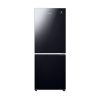

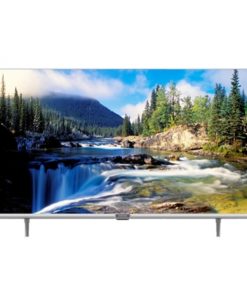
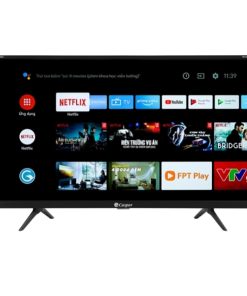
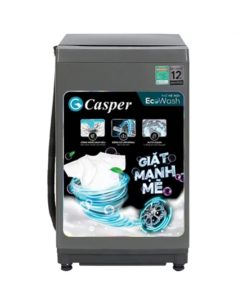
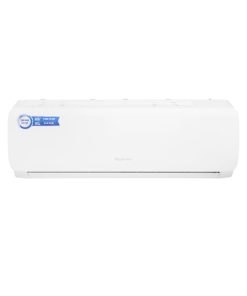


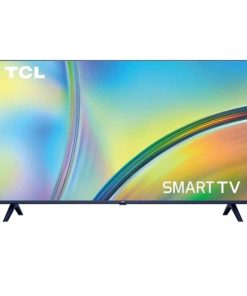

Reviews
There are no reviews yet.